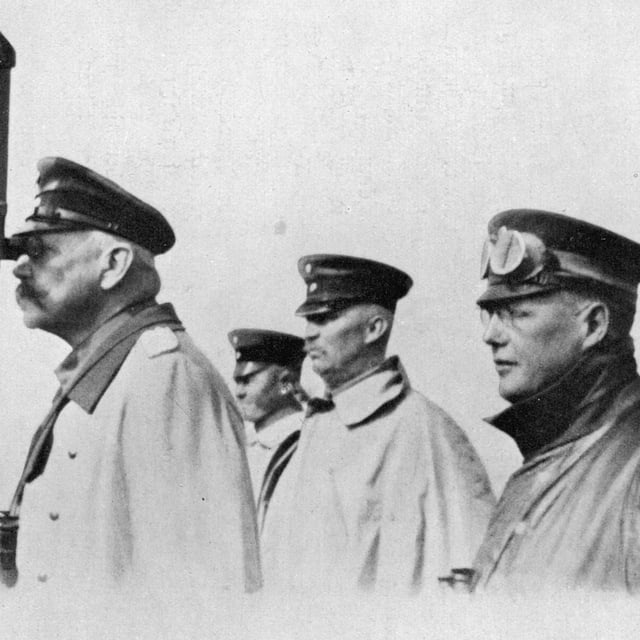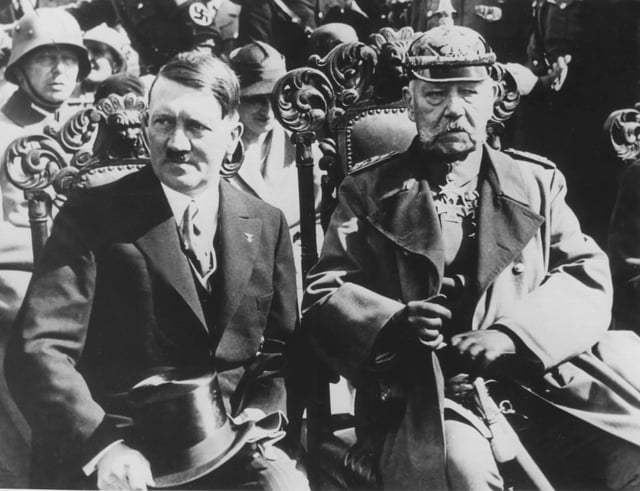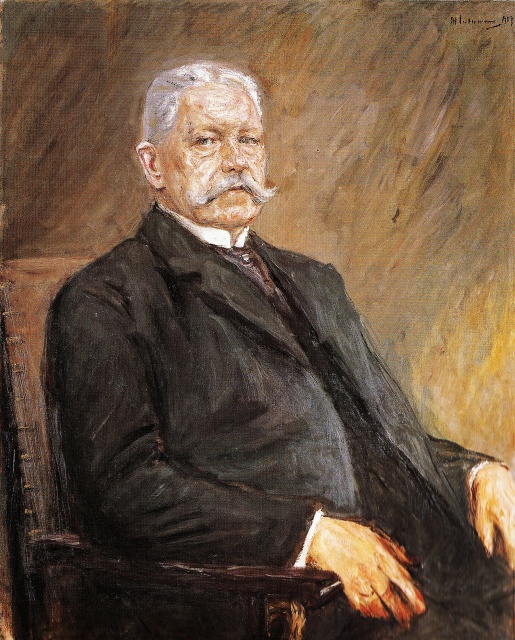Overview
- Paul von Hindenburg was elected Reichspräsident on April 26, 1925, with 48% of the vote, defeating Wilhelm Marx, whose support was split by divisions on the left.
- A coalition of right-wing parties and elites, called the 'Einheitsfront der Reaktion,' unified behind Hindenburg, leveraging his war-hero image to secure non-voter support.
- Hindenburg’s presidency saw the systematic use of Article 48 emergency powers to undermine democratic governance, including deposing the SPD-led Prussian government in 1932.
- His decision to appoint Adolf Hitler as Reich Chancellor on January 30, 1933, directly facilitated the establishment of the Nazi dictatorship.
- The anniversary highlights the long-term consequences of political fragmentation and authoritarian strategies in dismantling the Weimar Republic.



